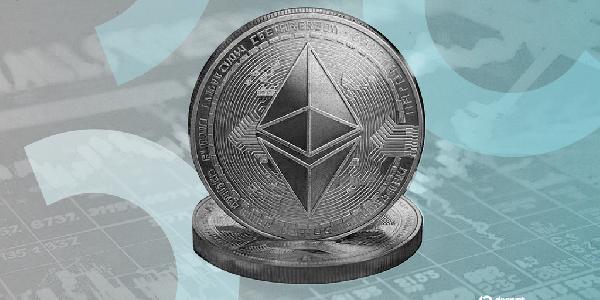Bitcoin’s record-breaking rally last week collided headfirst with geopolitical turbulence, as U.S. President Donald Trump returned to making tariff threats, this time aimed at the European Union (EU).
The move injected volatility into a market fresh off its all-time high (ATH) after BTC came within a couple of hundred bucks of flying past $112,000. It has since wobbled, trading sideways around $109,500 as traders weigh the implications of escalating U.S.-EU trade tensions.
Tariff Whiplash
In early April, the price of BTC dropped to about $82,000 after Trump announced a raft of tariff measures impacting multiple U.S. trade partners. The president claimed the new taxes were needed to correct deficits between the United States and other countries. At the time, the EU was hit with a 20 tax on exports to the U.S.
Days later, Trump was at it again, hiking levies against Chinese imports to 104. His actions pushed BTC prices even lower, with the cryptocurrency dipping to $74,600 and wrecking crypto trades worth more than $287 million.
However, after about 24 hours, the White House announced that more than 75 countries had contacted the U.S. for tariff negotiations, prompting Trump to lower the taxes to 10, although products from China suffered an increase to 125. The good news gave Bitcoin a leg up to around $82,000 from around $77,000.
As the first week of May closed, news emerged that the U.S. and China were planning high-level trade talks to iron out their differences. The reports stirred BTC into action, helping push it past $97,000 from a low of $94,000.
Soon after, it went past $100,000, buoyed by easing geopolitical tensions, exchange-traded fund (ETF) inflows, and increased institutional demand. On May 22, the king cryptocurrency recorded a new ATH, with market watchers expecting it to move on to the next milestone quickly.
However, once again, Trump threw a spanner in the works, announcing a 50 tariff on EU goods on May 23 due to stalled negotiations. BTC promptly tumbled 4 to $107,500, dragging altcoins like Monero (XMR) and Hyperliquid (HYPE) down 5.5 and 3.5, respectively.
Social media sentiment, tracked by analytics firm Santiment, mirrored the panic, with retail traders fleeing altcoins and “tariff” mentions spiking 300, the largest surge since April’s market correction.
Yet the selloff proved short-lived. By May 25, the American president paused the tariffs, citing ongoing talks. BTC responded soon after, clawing back to $109,500 per CoinGecko data.
July 9: The Next Inflection Point
Santiment said in a May 27 blog post that this “threat-then-delay” tactic, a hallmark of Trump’s trade strategy, has kept markets oscillating between fear and cautious optimism.
For investors in crypto, where volatility is already baked into the landscape, this adds another layer of unpredictability,” noted analyst BrianQ “It’s hard to deny that digital assets are way more intertwined with global macro trends than they were a decade ago, back when crypto felt like a true free-for-all.”
With the next tariff decision now delayed until July 9, Bitcoin’s near-term trajectory is hostage to geopolitics. If Trump proceeds, the fallout could cascade across equities, currencies, and yes, crypto. Until then, digital asset traders are caught between technical optimism and political unpredictability.











